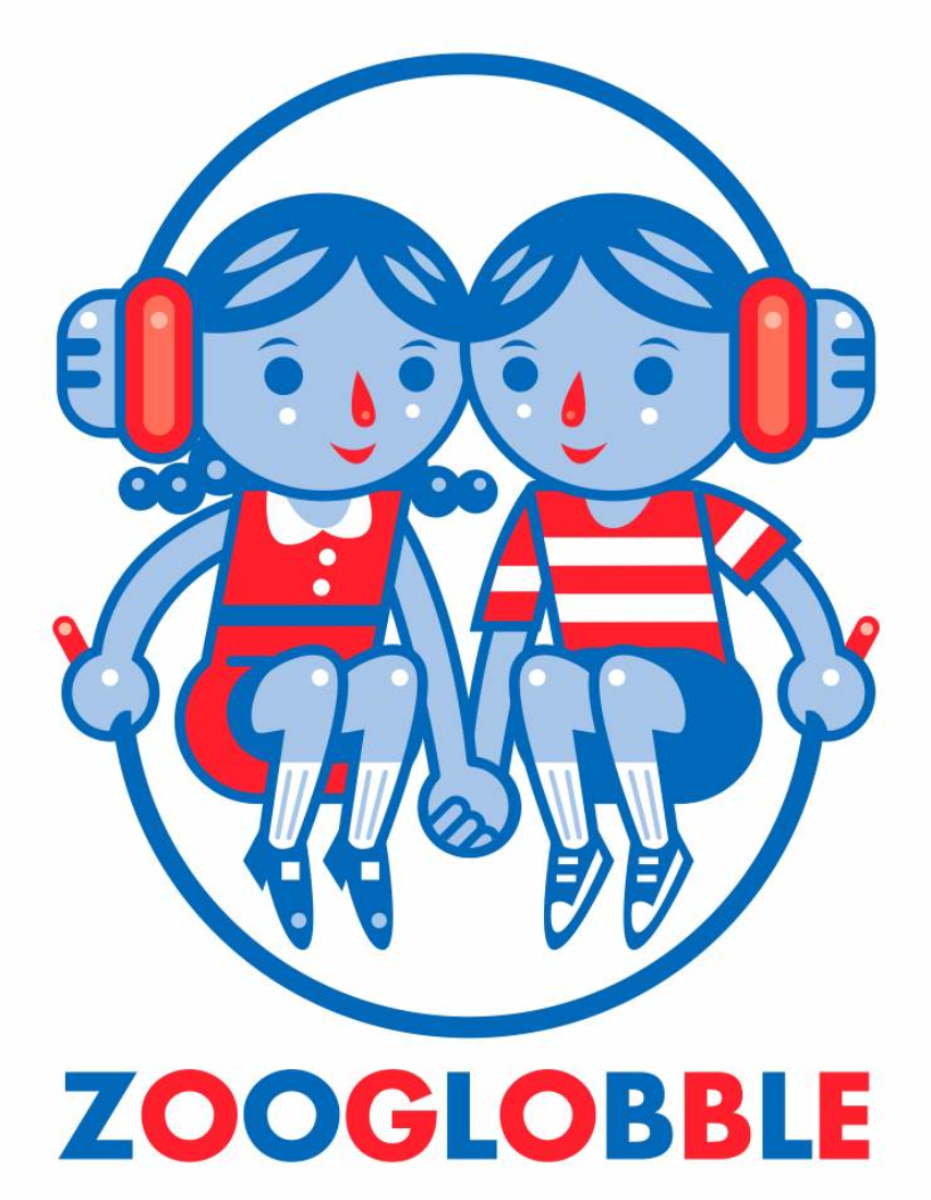For all her Velvet Underground and Allman Brothers covers, Elizabeth Mitchell's most intense obsession on her albums for families to my mind has been with Ruth Crawford Seeger. Her first two (pre-Smithsonian Folkways) family albums drew from many folk music wells, but starting with You Are My Little Bird, in which she specifically cites Seeger's 1948 book American Folk Songs for Children as a resource, and on through Sunny Day and Blue Clouds she returns to praise the composer and musicologist's arrangements of the American folk songs.
On her latest album for Smithsonian Folkways, the Christmas-themed The Sounding Joy, Mitchell and her family and friends, dives deeply into Ruth Crawford Seeger's final songbook, her 1953 book American Folk Songs for Christmas. A sizable majority of the album's 24 songs come from Seeger's books and even many of the arrangements for which Mitchell and husband Daniel Littleton claim credit are noted as inspired by Seeger's songbook.
If the music of Ruth Crawford Seeger has been Mitchell's obsession, the guiding principle of her Smithsonian Folkways has been that she wants to rope 21st century communities into the grand folk music (in the broadest sense of that phrase) tradition -- a principle that Seeger would have endorsed whole-heartedly. Her circles of influence ripple ever further outward -- on this album, I count 37 musicians in total. She of course relies on Littleton and their daughter Storey, but on many others, including Natalie Merchant, John Sebastian, fellow community-roper Dan Zanes, Aoife O'Donovan, and Joan Osborne. Amidst these celebrated musicians, the most impressive guest is Peggy Seeger, one of Ruth Crawford Seeger's daughters, who takes the melody on two tracks. Could Folkways have picked an artist more interested in furthering their own aims than Elizabeth Mitchell? I highly doubt it.
And while I'm talking about Elizabeth Mitchell's obsessions and guiding principles, why not also suggest a undercurrent in her work, that of belief and faith? Though the number of religiously-inspired tracks on her albums ("This Little Light of Mine," "Peace Like a River," and her glorious take on "Jubilee") can be counted on one hand and have not explicitly referenced God or other higher beings, Mitchell's tracks come closer to addressing the divine in everyday life than any other non-religious kids' musician. And now she's got an entire album devoted to Christmas, one of Christianity's two most important holidays.
This is not a secular Christmas album -- this is a Christmas album that is very much tied to the story of Mary giving birth to Jesus. Which isn't to say that it's praise music or even completely Christian, either. While I like the liner notes by Mitchell and Natalie Merchant (not to mention Mitchell's song notes), I think the most gracious notes are by Daniel Littleton, who celebrates Seeger's melding of these many different birth narratives with several tracks about the stars and solstice. They may not come from the same Christian tradition, but songs like "Oh, Watch the Stars" fit comfortably within the context of a birth on a cold winter's night many, many years ago. Listeners from a non-Christian tradition may be able to appreciate the music itself, and the stories, but I think the album will feel most comfortable to those who grew up in that tradition (regardless of whether they still reside within). Having said that, the songs aren't super familiar to modern ears -- Christmas Eve warhorses (warhorses I love, incidentally) like "Joy to the World" and "Silent Night" are definitely in the minority here. This album will stretch the musical knowledge of all but the most educated musicologist.
As for the music itself, the throughout arrangements are lovely but in many cases fairly simple, accessible to people with far fewer musical accolades. In some places it's as if we've been dropped into a campfire song group - handclaps and percussion, such as those that dominate on the opener, "Oh, Mary and the Baby, Sweet Lamb." Elsewhere (see "Rise Up, Shepherd, and Follow"), Mitchell and Littleton seem to channel the Alison Krauss Christmas she inexplicably has not yet recorded. It's sometimes bluesy, sometimes soulful, and almost always reverent, though with a gentle touch. The performances are all lovely -- I'll only single out one, and that's Mitchell's performance with daughter Storey on "Joy to the World," which I love if only because as Mitchell says in her song notes, based on her youth, she "always sung the harmony! So [she] asked [her] daughter Storey to join me." The voices blend together very well, and it's that sort of careful planning mixed with serendipitous good luck that runs through the album.
This album isn't a family music album, it's a Christmas album, and so the age range I normally put on my reviews doesn't apply here. There are certainly holiday albums that are targeted specifically at kids -- this is not one of them. And while right now you can get the 70-minute album on mp3 at Amazon for just $5.99, if physical copies mean anything to you, you should get the physical copy of this album. The album packaging is stunning. Also, while I had to get my copy of American Folk Songs for Christmas used as it was out of print this summer, it's back in print once again. (Note: that's an affiliate link.)
In thinking about this review, I came to the conclusion that if I had to reduce the world into two types of people, it would be those who listen to Christmas songs and those who sing them. Though it has its own sonic beauty, The Sounding Joy is more for the latter. The communal experience of singing in celebration is honored here, somewhat hushed, always joyful. Highly recommended -- may it repeat often.
Note: I received a copy of this album for possible review.













